Photo by Alice Bourget
When I was around 10, I tagged along to my brother’s Boy Scout meeting, where one activity was making art projects. Given instruction, I sprayed a clothespin with glittery red paint and spelled my name out on the top bar with glued alphabet macaroni. That might be my highest artistic achievement, so perhaps I don’t have a credible basis to judge the quality of the crafts I’ve seen in Ecuador over the past month. But damn, they are good.
My girlfriend Alice and I have been house-sitting in Cotacachi, a small town up in the northern Andes, and we’ve been on tours and self-guided excursions around and about. Know this: the Ecuadorian artisans we’ve met are clever with their hands and open with their hearts. I was particularly struck by José Carlos de la Torre, a weaver we met at his home and shop in Carabuela, a little village not far from Cotacachi.
Photo by Tom Bentley
In the time we spend with Mr. de la Torre, he carded wool from local sheep with a couple of metal-bristle rackets. (He showed us his old rackets, made with cardon thistles, which would make fine Game of Thrones weapons.) He took the loose “ropes” of wool to his spinner, a wooden-wheeled contraption over 100 years old, and whipped those loose fibers into a tight strands. His family members sometimes help with the spinning, but he told us that young people in general aren’t that intrigued by the effort that weaving requires. However, he has had people come from all over the world, notably Japan, to learn his ancient methods.
Since Mr. de la Torre is 86 years old, “young people” probably covers some ground. Speaking of covering ground, at one point he had to go downstairs to get something, and he zipped down some steep concrete steps like a track star. The hard work of weaving is clearly good for you.
He showed us how to weave on his small loom, him buckled in with a leather-and-sticks strap to the simple apparatus. The work is intensive: to make a scarf, it takes four hours of carding, and four days total to process the wool, dye it and weave it. Dyes come from things like crushed insects, achiote seeds and boiled walnut husks. Surrounded by his handiwork of scarves, sweaters and blankets, I felt the sense of long, careful craft. I left impressed by Mr. de la Torre’s welcoming manner, more impressed by his skills, and astounded by his energy. Clearly, Ecuadorian coffee is very good.
Photo by Alice Bourget
We spent time with a very different beguiling artist in Mascarilla, another small village perhaps an hour from Cotacachi. Most of the town’s residents are descendants of Africans brought by the Spanish to slavery in South America. The village’s economy depends on the sale of African masks made from local clay by the mask-makers. If you’re going to watch a mask-maker at work, you can do no better than Anita Lara.
Lara took gummy lumps of clay from a plastic bag and in moments—using her nails, fingertips, palms, and the edges of a bottle—made subtle changes to her basic mask shape. In fewer than 15 minutes, finishing up with dabs of water for final shaping, she had made an expressive mask, ready to be fired. That seemed remarkable enough, but she doubled-down on remarkable when she demonstrated a traditional dance to Bomba music, where she balanced a big, half-full bottle of water on her head while she swirled, twirled and swung around to the music, going to her knees and even continuing the dance while doing shimmying push-ups, the bottle steadily firm.
The charm factor of that was enhanced by Lara’s wry charisma and sly expressions—she was amused by our amusement, and when she pulled a couple of people on to the dance floor with her, the delight was sealed. The shop near the workshop sold a visual banquet of masks for wall-hanging, keychain masks, pendants, and jewelry (all made by local artisans), with all sales contributing 10% to the general welfare of the town.
Photo by Alice Bourget
Another example of artists taking the fruits of the land and making them even fruitier was the tagua nut carver Cesar Yamberla, whom we visited at his shop and factory in the town of San Roque. Tagua is the inner part of the seed of a palm tree, and it’s a humble looking lump. But in the hands of a skilled carver, dyer and polisher, wonders appear: beautiful necklaces, pendants, earrings, buttons, gleaming jewelry of all kinds.
Tagua jewelry is commonly called “vegetable ivory,” because it has long been a welcome substitute for elephant ivory products. I watched awestruck when upon request, Yamberla took a couple of large tagua beads and created some beautiful earrings from them in about a minute and a half. He also had a machine in the factory area (also home to polishing machines to tumble the nuts) that cut round disks out of coconut husks: polish ’em up and you have beautiful buttons.
And if you’re weary of all that jewelry, you can eat tagua nuts too.
Photo by Alice Bourget
For those of you who have heads, visiting the Sombreros Shaman factory and store in nearby Illuman (where, incidentally, there are many practicing shamans) will open your eyes to the variety of toppers to adorn your noggin.
They shape Panama hats, the erroneously dubbed lids that originated and are still made on Ecuador’s coast. The shaping machine for the Panamas appeared to have been built during the Industrial Revolution, but it was serviceable, as were the boiling-in-sizing glue pots and wringer used to process the felt for their other hats, which was later shaped on old wooden forms.
Photo by Alice Bourget
Panamas aside, the shop had a wide range of lids, from what looked like 1930s cloches, to fedoras to cowboy hats—and even some that are worn during festival times that had a New-Orleans-after-downing-a-few-Hurricanes look.
There are Panamas aplenty at the Saturday Otavalo market, if you can find them amidst all the booths carrying every craft imaginable. The market is one of the biggest in South America, with aisles of goods spilling into winding aisle, covering many city blocks. Walk goggle-eyed through stalls piled with blankets, scarves, jewelry, fresh produce, leather goods, toys, figurines—even fake shrunken heads.
Photo by Tom Bentley
The market has lots of touts dragging wagons and skids around, announcing their wares, including coca leaves for tea, which you might need to make the full market tour. We had a yummy (and cheap!) fried fish meal with cheese-stuffed plaintains, corn cakes and potatoes from one of the booths.
Photo by Tom Bentley
All of these spots are an easy drive or bus ride from the Cotacachi area (particularly if you’re being driven by a tour guide), but we wanted to get a take on big-city life, so we spent a few hours on a bus and taxi ride to Old Town Quito, a UNESCO World Heritage site. Fabulous old churches, wide plazas and ornate colonial buildings, but the artists we were taken with there were the street performers around every corner. One-man bands, frozen, costumed people on pedestals who came to life when you tossed money into their cups, puppeteers, singers—a fun, thronging mélange of diversion.
But we didn’t have to stray from our town to see skilled artistry: Cotacachi itself is famed country-wide for its leather goods (there is a leather-works school in town), and there’s an entire street of shops filled with fine handbags, wallets, jackets, backpacks and leather trinkets, all at remarkable prices. Alice brought back a mere steamer trunk’s full.
We saw much Ecuadorian handiwork that showed great skill and expression, but I must mention nature’s art as well: If you are fond of volcanos, you will be smitten with the Andes. Cotacachi lies between two dormant volcanos, Mt. Cotacachi and Mt. Imbabura, and their peaks are a dance of misty fog, whirling clouds and drenching sun. Every day—every hour—was an different entrancing sight.
Ecuador’s artisans inspire just like these mountains. If you want macaroni on a clothespin, call me. For all other arts and crafts, head to Ecuador.
If You Go
Milton Andramunio Izurieta is the tour guide in Cotacachi who shepherded us to the weaver, mask maker, hat and tagua nut factories, for $30 per person. He’s a good guy and speaks good English. Find him on the Let’s Tour Ecuador Facebook page— https://www.facebook.com/groups/Lets-Tour-Ecuador-1612721972301968/
You can take a 20-minute bus (thirty-five cents!) from Cotacachi’s main bus terminal to the Otavalo main terminal. The open-air market is a 10- to 15-minute walk from the terminal.
Take the bus to Quito from the Otavalo terminal for $5; make sure to take the Express bus. From the Quito terminal, it’s $5 per person to get to Old Town by taxi.
Cotacachi has leather vendors in many parts of the town, but they are clustered on Calle 10 de Agusto, commonly called “Leather Street.” Quality jackets, luggage, wallets, gloves, shoes at good prices—go for it.

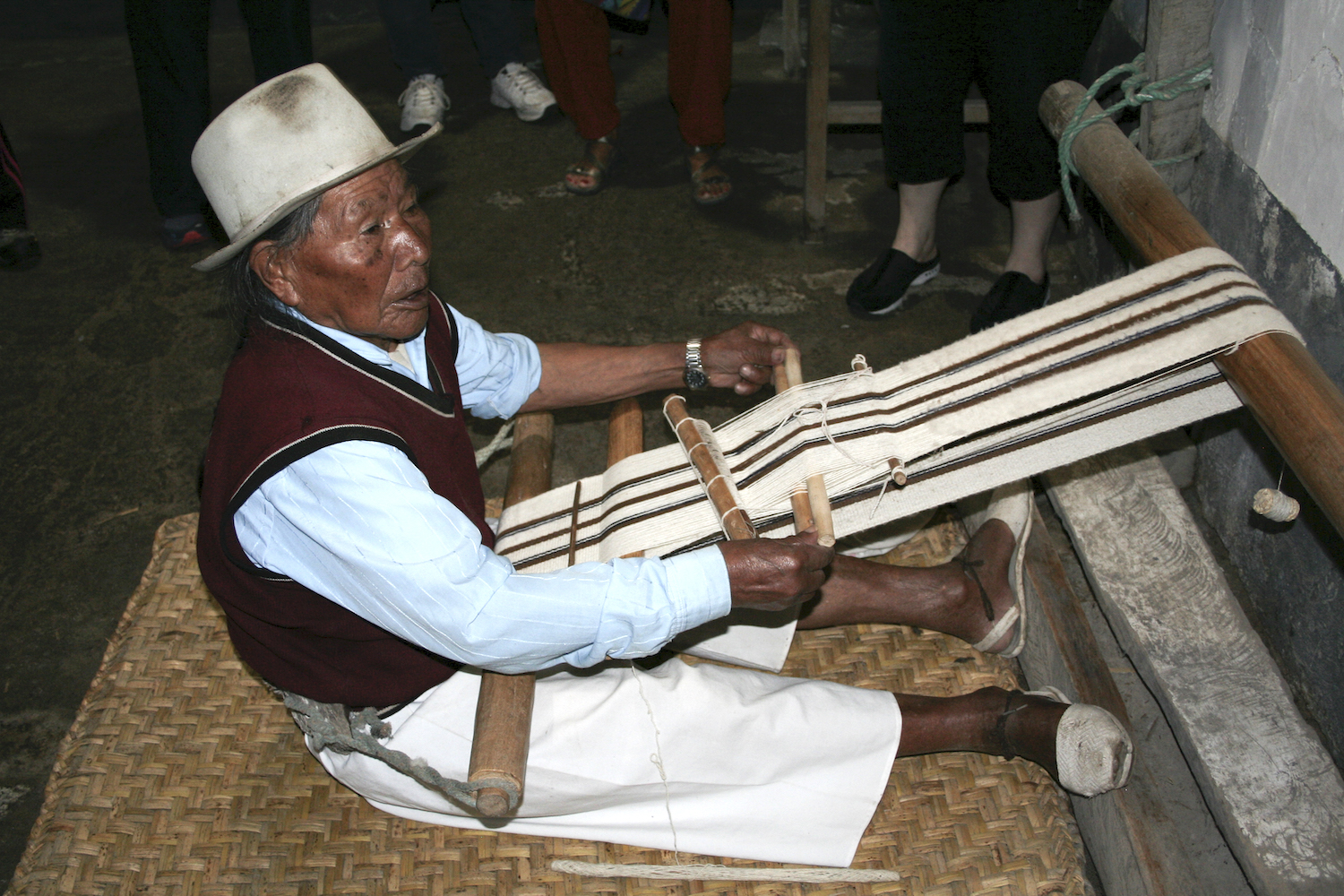
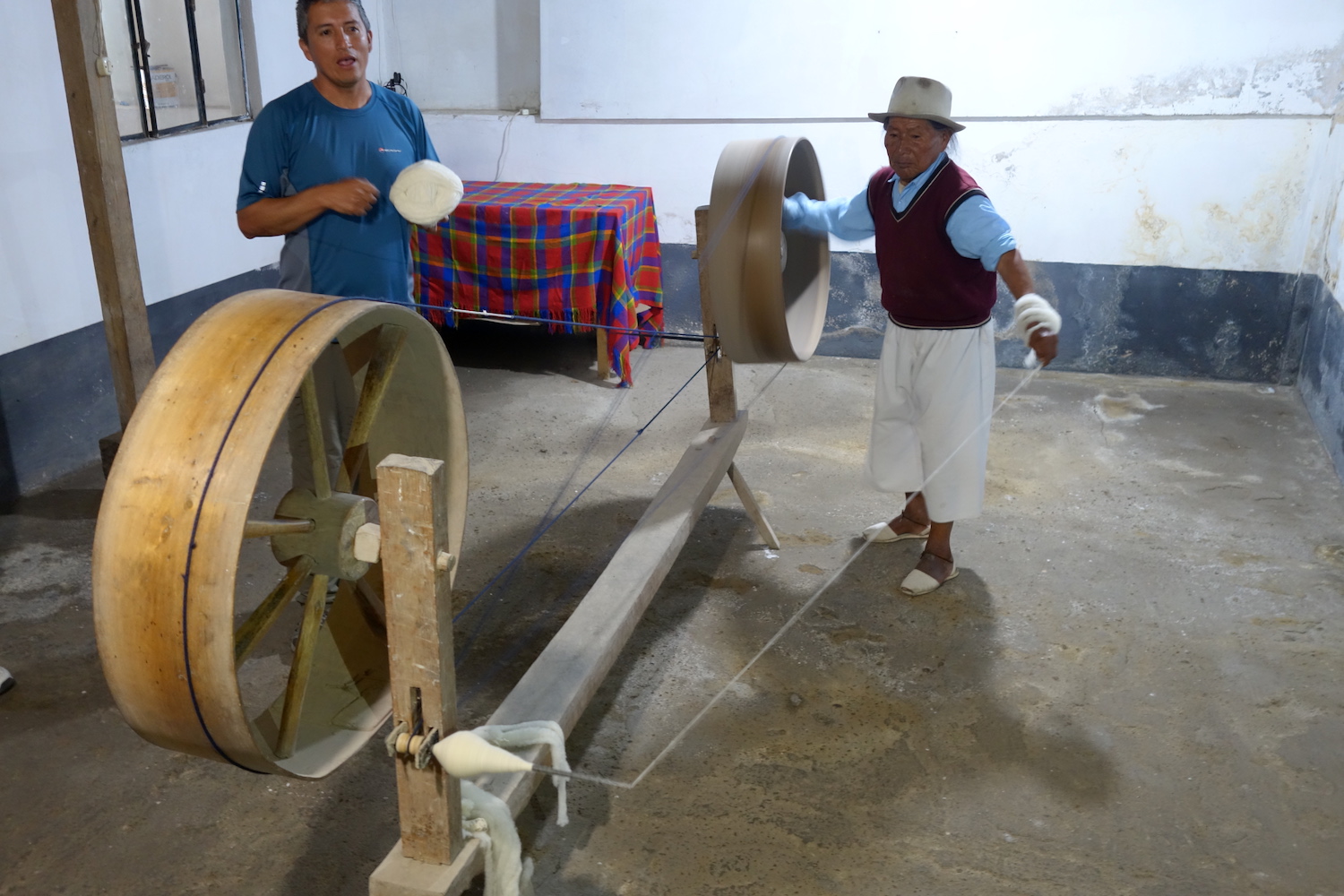
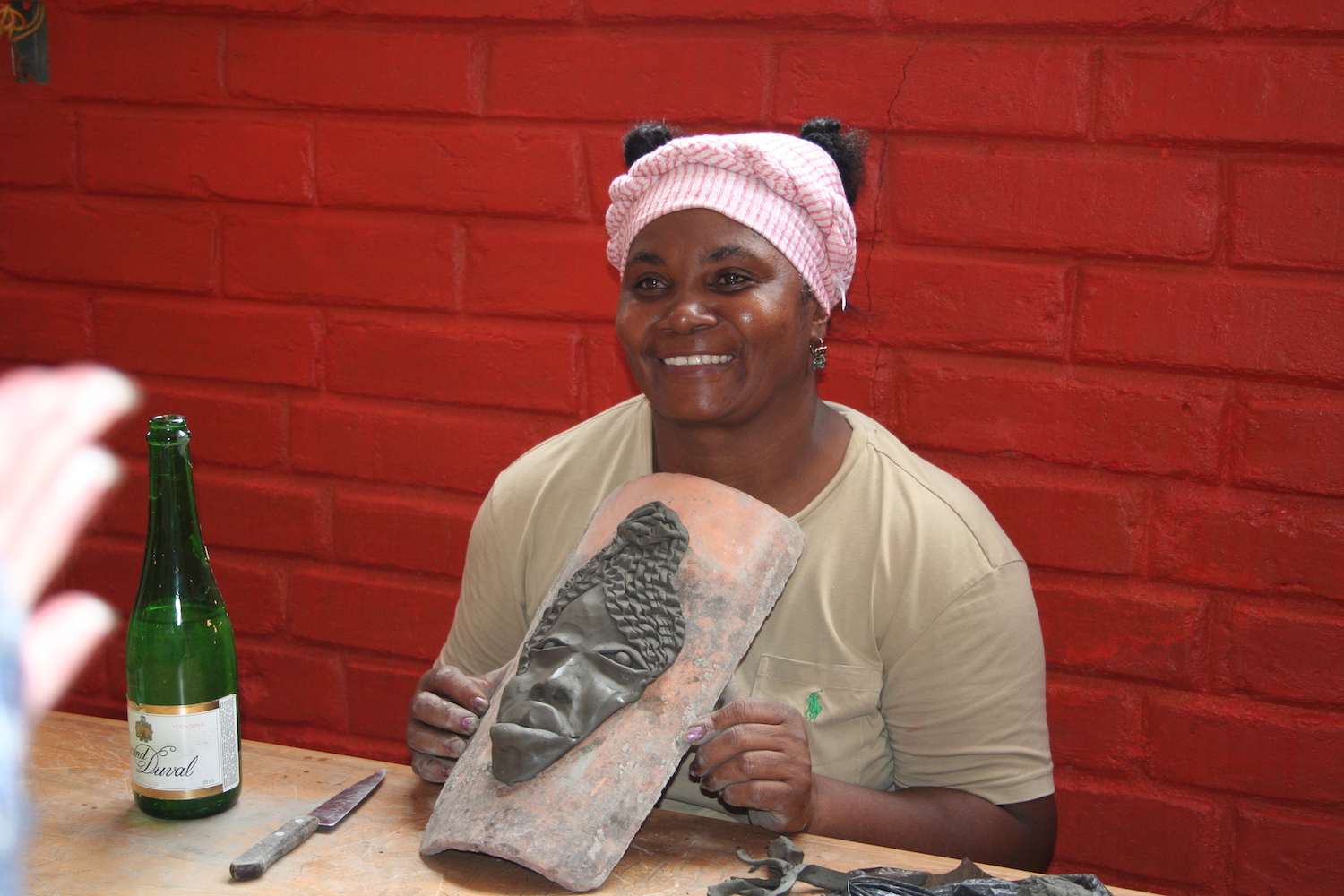
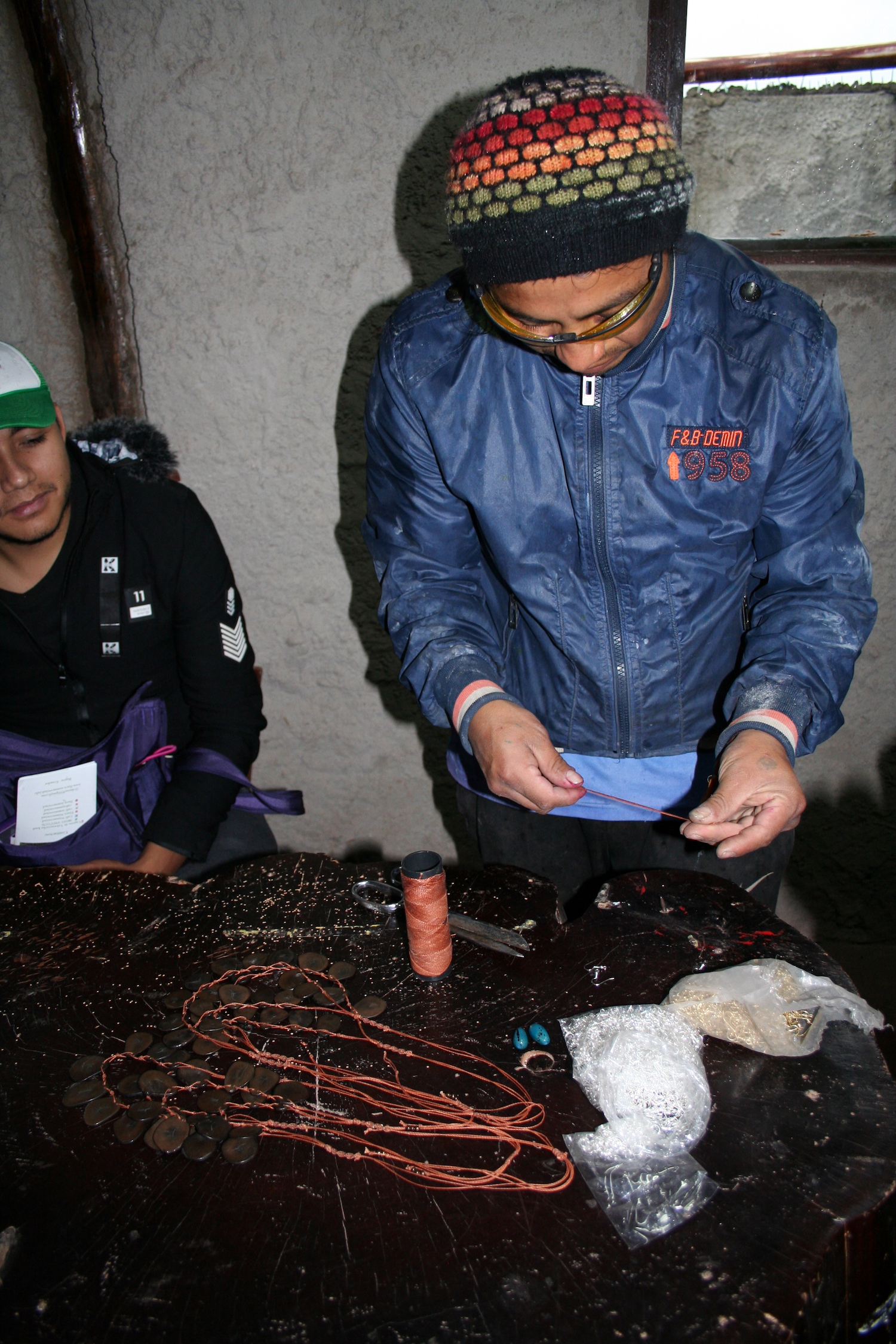
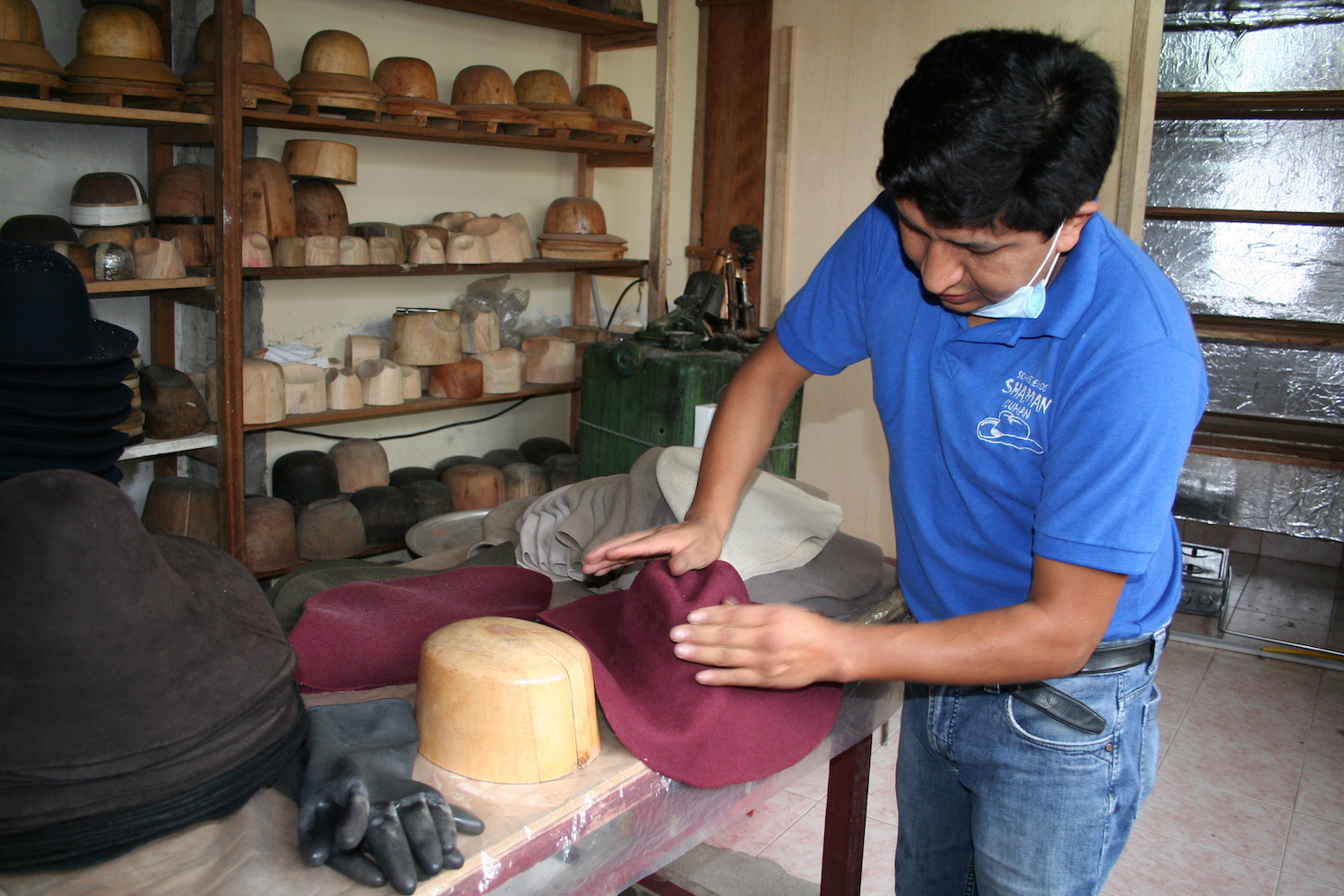
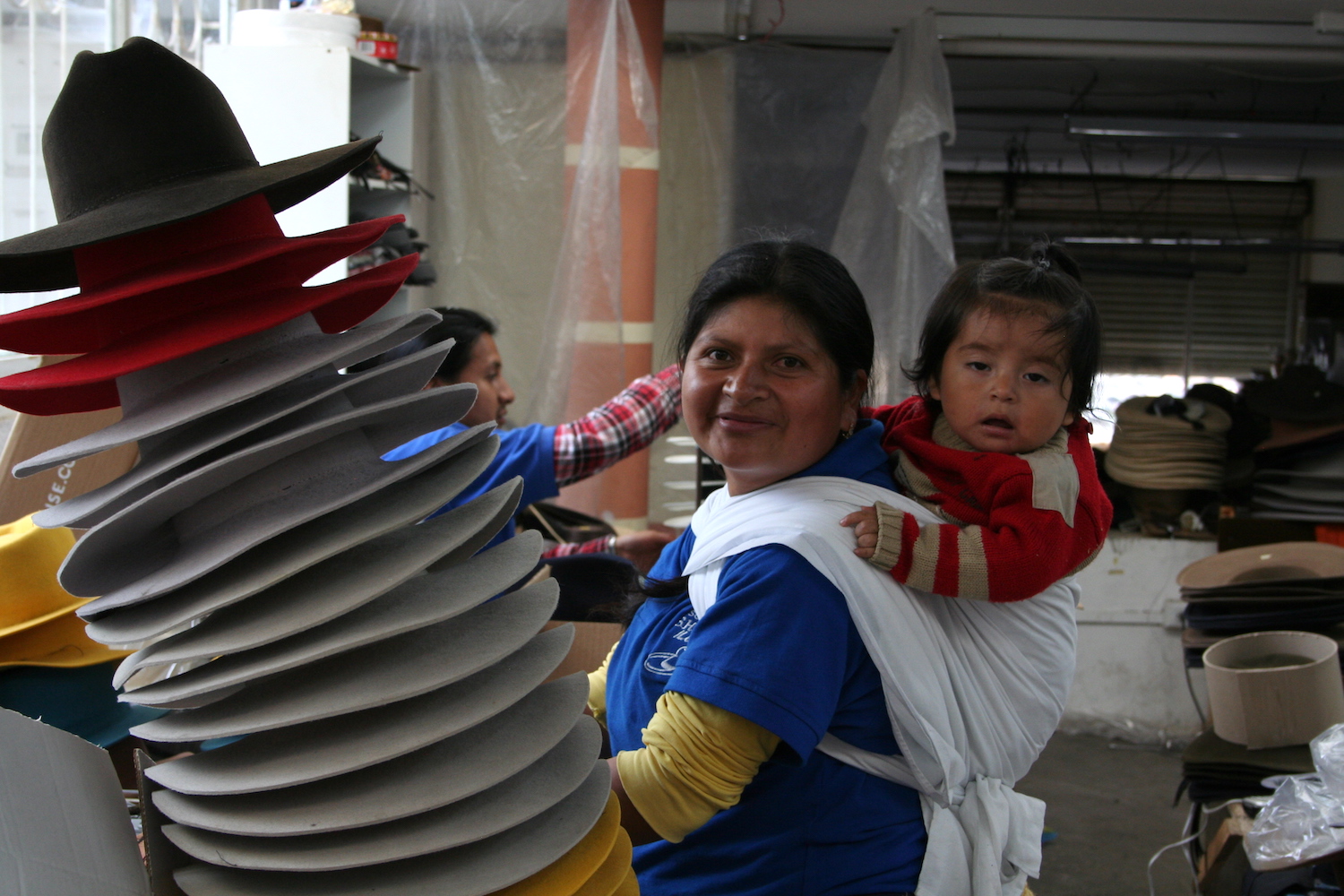
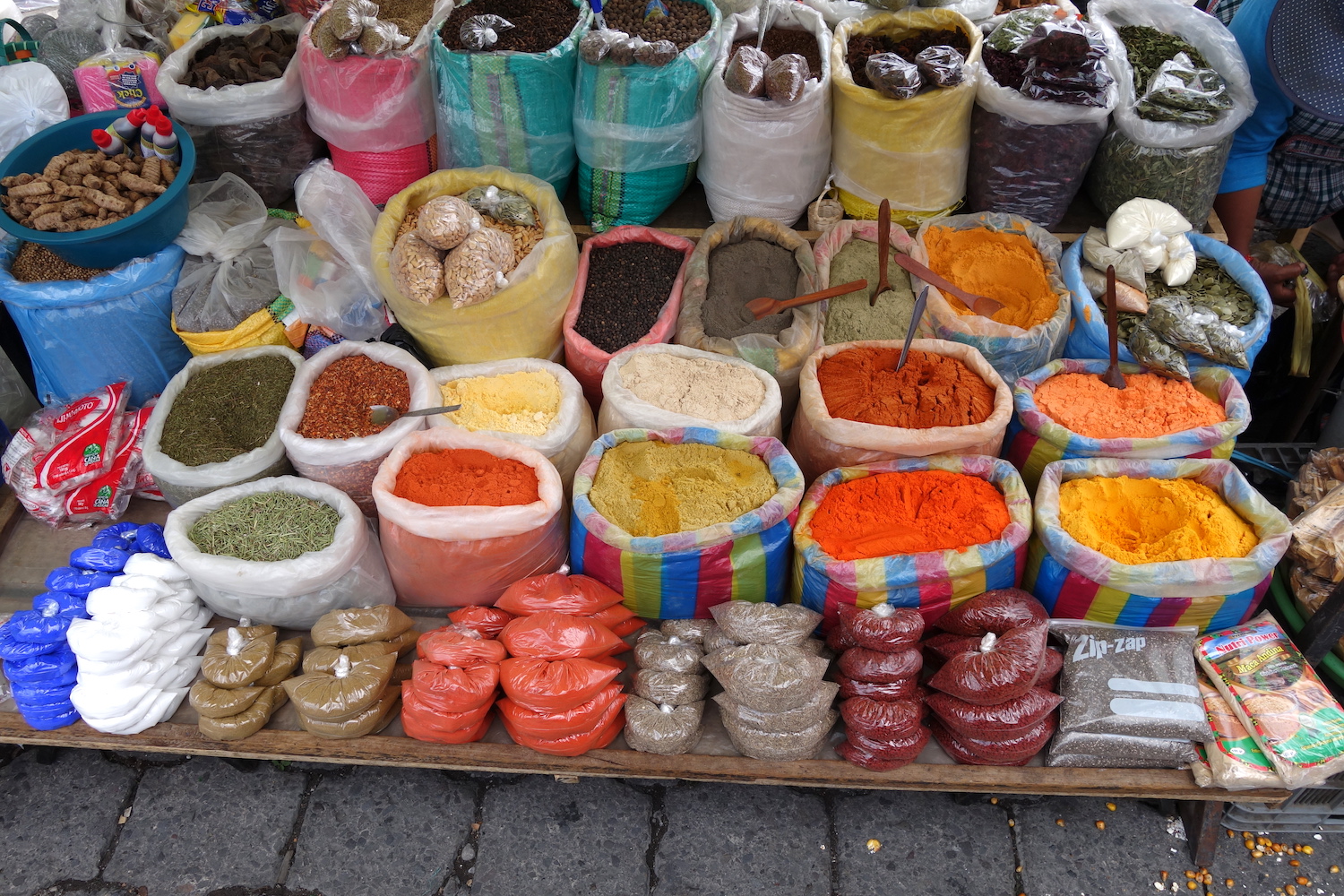
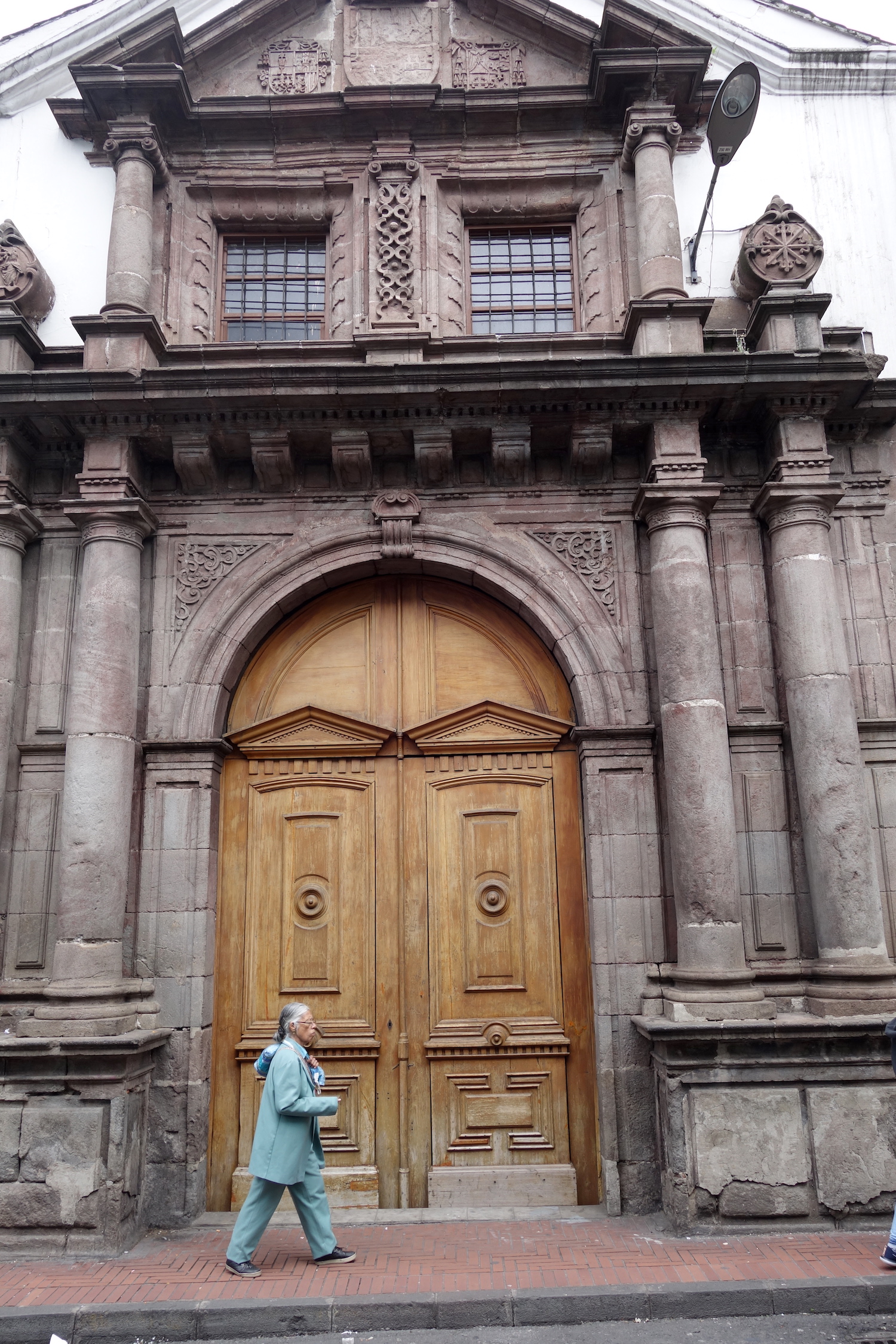




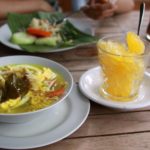


Was planning another trip to South America – this time to Colombia and Venezuela, but perhaps a return trip to Ecuador is in order
Dave, we missed so much, even though we were there for six weeks. We didn’t get to the coastal beaches, which are supposed to be great, and didn’t get into the Amazon, to see all the amazing birds. We did visit some beautiful volcanic lakes and waterfalls though. We want to return as well.